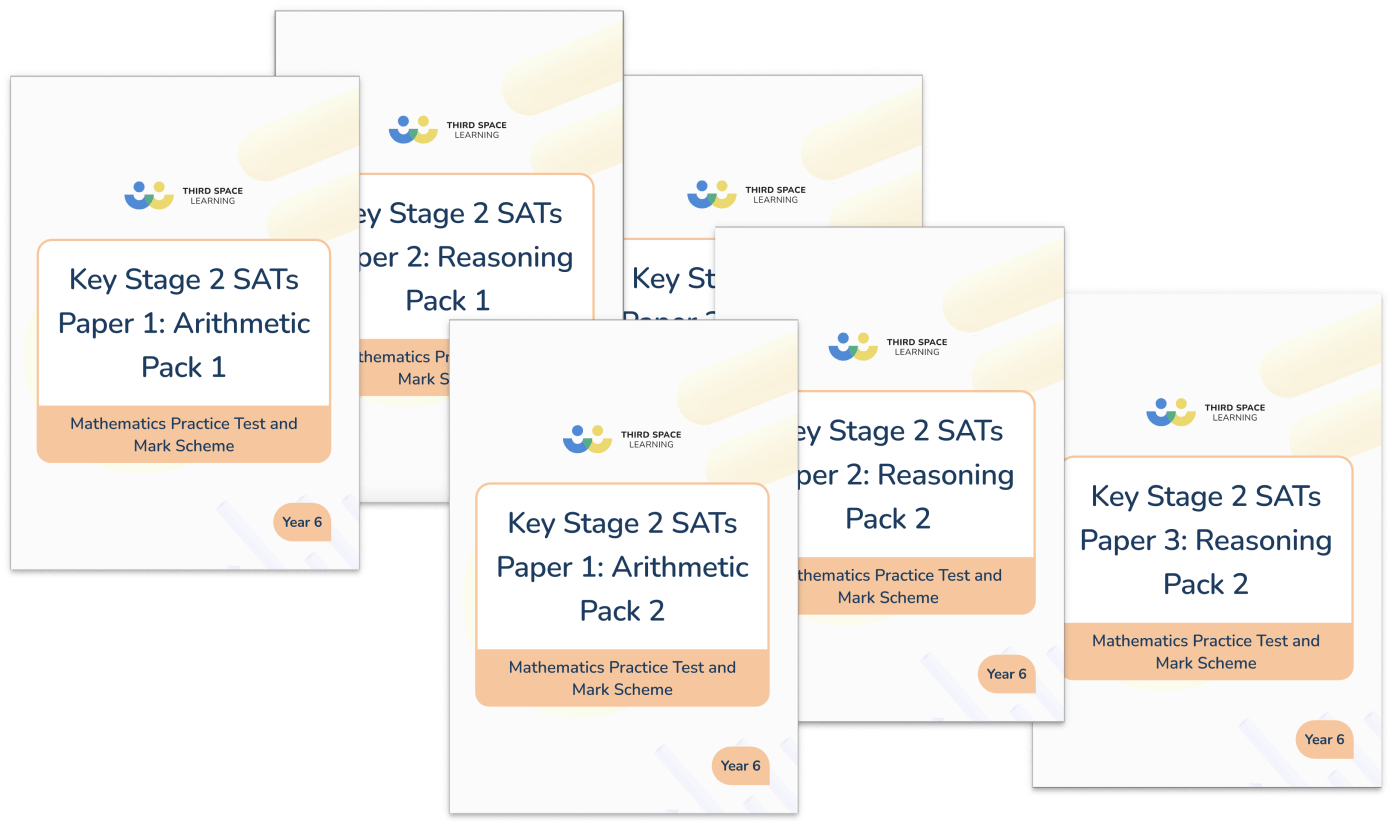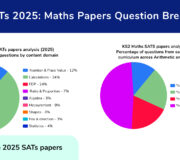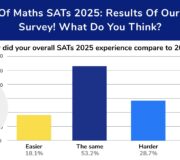KS2 SATs 2017 QLA: Target Year 6 Maths Revision for SATs
Originally published on November 8th 2017.
Like you, we want to make the most of our SATs revision for KS2 SATs. Here we look at the Question Level Analysis for KS2 SATS 2017 along with the data schools receive from their Analyse School Performance (ASP) website (formerly RaiseOnline) to help you plan your Year 6 SATs revision.
SATs 2020 and SATs 2021 were both cancelled due to the Covid-19 pandemic SATs 2022 went ahead. SATs 2023 is to go ahead as usual.
Each year national data is released outlining how children have done in the KS2 SATs. This ‘Question Level Analysis’ (or QLA), breaks down the national performance for every question on each paper.
The data on average national performance for each question in the KS2 SATS 2017 begins to paint a picture of which mathematical concepts at the end of KS2 children found most difficult and which your Year 6 may also need more support in before their KS2 SATs.
Plus, by looking at the data alongside curriculum strands and sub-strands in Maths, you can begin to drill down into what content your Year 6 SATs revision should focus on for the maths SATs papers.
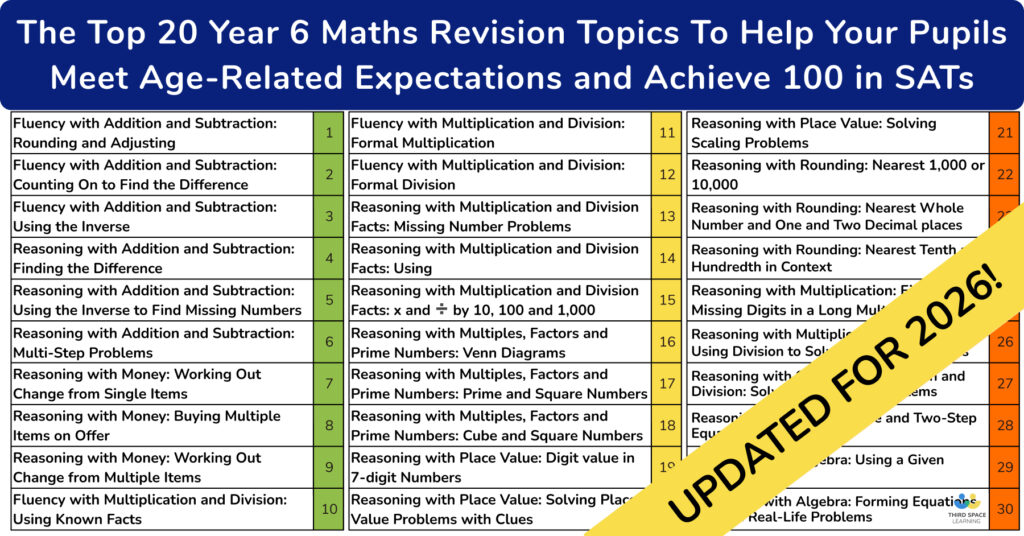
Our KS2 SATs 2018 Question Breakdown blog post gives you a very good idea of what was in and out and how pupils are likely to have fared.
How we gathered our Year 6 SATs revision insights
For this blog post, we’ve cross referenced the SATs 2017 QLA data with content domain coverage for each question (found in the KS2 SATs 2017 mark scheme), alongside the test framework document (each content domain strand and sub-strands).
We found the results to be hugely revealing, demonstrating clear patterns that can inform Year 6 Maths planning and revision in advance of KS2 SATs 2023.
We also used the same information that Year 6 teacher @Missie_Bee, was quick to pick up on, examining how the content of 2017 SATs divided up by year group outcome.
On this year’s maths SATs, more than half (59%) of the Qs were from the y3-5 curriculum. Rounded to the nearest percent, they were:
- Y3- 7%
- Y4- 26%
- Y5- 25%
- Y6- 41%

KS2 Maths SATs Practice Papers
Download these free SATs papers to use as whole practice papers or targeted topic consolidation with your Year 6 pupils in the run up to their KS2 SATs.
Download Free Now!
Year 6 SATs revision insights from SATS 2017 Arithmetic Paper 1
- Most successfully answered of the 3 SATs papers this year
- Average percentage of correct answers for each question was 80.5%
- 97.8% of children successfully answered Q1, but only 51.6% correctly answered Q33
Unsurprisingly, this was the best-answered paper of the three SATs papers. It’s a familiar face, remaining relatively similar each year and featuring questions without “difficult” worded elements. As such, teachers and pupils find it easier to prepare for and face.
Over the whole of Paper 1, the average percentage of correct answers for each question was 80.5%. However, there was a significant range, with 97.8% of children getting question 1 right, to only 51.6% successfully answering the penultimate question.
Looking at the bottom 15% of questions (questions most frequently answered incorrectly) we learn that:
The questions that Year 6 pupils struggled with most were at the end of the SATs 2017 test.
This suggests that stamina and time-management are still an issue we have to help pupils overcome. Especially given that the tests are sequenced with the majority of the questions covering the Year 6 Maths curriculum towards the end.
The need for stamina and strong Year 6 Maths curriculum knowledge meant that – on Paper 1 – five out of the six worst-answered questions were based on Year 6 Maths content.
Practice KS2 SATs Papers can help with stamina and time-management issues, especially when integrated as part of your long term assessment planning and used throughout the year.
The data clearly shows that pupils still have a lot of new content to learn in Year 6.
Consolidate Year 6 content before KS2 SATs
Children need to come to Year 6 with a firm grasp of the rest of the KS2 Maths curriculum, as there’s still plenty of new content they need to learn and practise.
Currently, it looks like Year 6 teachers simply don’t have enough time to spend on the new material with precious weeks are taken up revising and securing content from previous years. Remember KS2 SATs are not all about Year 6.
Getting into specifics, we can also see that there are still a few areas of the curriculum from the SATs 2017 Arithmetic Paper which are still foxing children.
Lack of fluency when dealing with fractions
Last year we reported for in our SATS 2016 QLA analysis that ‘the biggest group of questions that were answered incorrectly all involved the use of fractions or decimals.’
This year, of the six most poorly answered SATs 2017 maths questions, three were concerned with calculating fractions – addition, subtraction and multiplication skills were required.
Two of these involved fractions where the denominators were different but required potentially different ways of working.
Question 30 needed children to cope with a mixed number fraction where the denominators had a common factor. Question 32 couldn’t be answered by finding a common factor, instead children needed to find a common multiple.
Question 35 was deceptively simple. Asking children to multiply a number by one and a half. Of course, the simplest method would be to find a half of the number and then add it to the number itself, but many children struggled with the presentation of the question.
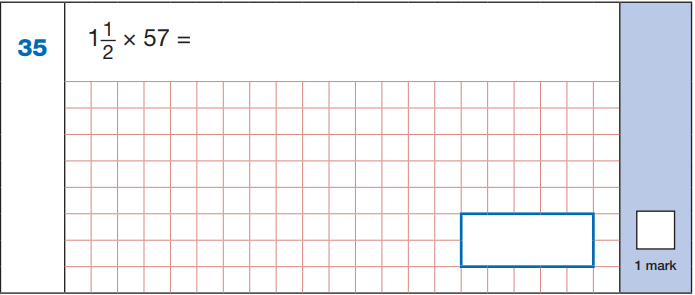
Clearly, children are required to demonstrate fluency and confidence when dealing with fractions. If that sounds like your pupils too, then here’s a great set of 25 SATs style fractions decimals and percentages questions – arithmetic and reasoning.
Calculating with decimals
Multiplying a multiple of 100 by a decimal number below 1 shouldn’t be too difficult if a child has good place value and times tables knowledge.
When children incorrectly answer questions involving these skills a lack of true mastery and fluency in these areas is highlighted.

Unlimited primary maths tutoring with Skye, the voice-based AI maths tutor.
Built on the same principles, pedagogy and curriculum as our traditional tutoring, but with more flexibility, reach and lower cost.
Join the schools already helping hundreds of primary pupils nationwide with Skye’s one to one maths tutoring.
Watch Skye in actionKS2 pupils still struggling with finding percentages
We knew finding percentages of numbers was guaranteed to come up several times this year. As such, many teachers and children will have spent a lot of time on the topic. Sure enough, children were required to exercise these skills three times in Paper 1.
Of the three, Q29 was the worst answered and, although Q34 and Q31 didn’t quite fall into bottom 15% of incorrectly answered questions, they were answered incorrectly by roughly 30% of children.
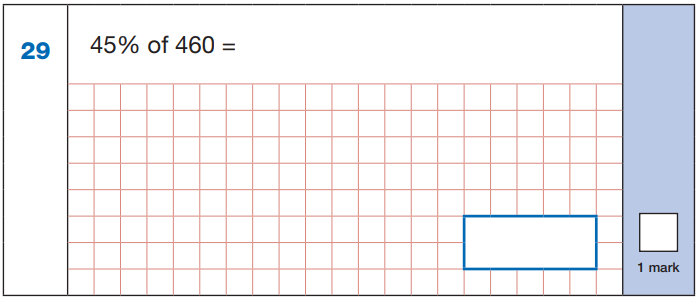
Children still don’t seem to have a bank of strategies to choose from in order to answer questions like this.
In this example, where children had to find 45%, they needed to be equipped with a range of strategies to have the highest chance of successfully answering.
Only then can they choose between dividing by 100 then multiplying by 45, or finding 50% and 5% and subtracting one from the other, or finding 10% and 5% and adding 4 lots of the 10% and 1 lot of 5%.
Having this range of strategies demonstrates mastery of fluency, which can only be reached when children are encouraged to develop deep conceptual understanding and look for different ways of solving a question.
Difficulties with written methods of division towards the end of the SATs 2017 tests
Just like last year, children found the division of a 4 digit number by a 2 digit number greater than 12 difficult.
The problem here might be that children don’t (usually) learn the 29 times tables. Therefore, whichever written method they chose requires them to derive some multiplication facts before they begin dividing.
As it was the last question, children were also probably quite fed up by this point. I myself wonder: if this question had been placed earlier on, would more children have answered it correctly? Especially considering around 80% answered Q20 correctly, which asked children to divide 714 by 17.
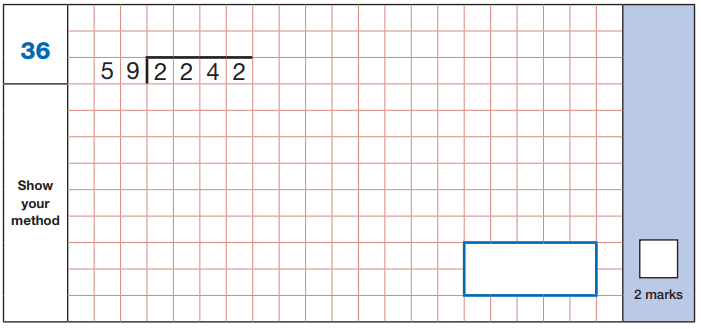
Free resource to help you prepare for the arithmetic paper in KS2 SATs 2019: Fluent in Five daily arithmetic practice for Years 3 to 6
KS2 SATs revision insights from SATS 2017 Reasoning Papers
- Children performed better on Paper 2, with an average correct answer rate of 67.6% nationally
- Two questions were answered incorrectly by over 50% of children in Paper 2, versus six in Paper 3
- Most poorly answered 20% of questions in Paper 3 came at the end of the test (all but one with Y6 content)
Paper 2 was the better performing of the two Reasoning Papers in the KS2 SATs 2017. With a national average of 67.6% answering each question correctly. Only two questions were answered correctly by less than 50% of children nationally, compared to six questions on Paper 3.
The most poorly answered 20% of questions in Paper 3 were the last 6 questions, where all but one featured Year 6 content. All six of these questions were answered incorrectly by over 50% of children.
However, questions set at Year 6 level earlier in the test had a higher success rate on average. Part a) of question 4 was answered correctly by 80.5% of children. This suggests that it is not level of difficulty that children struggle with, but more where the question comes in the test.
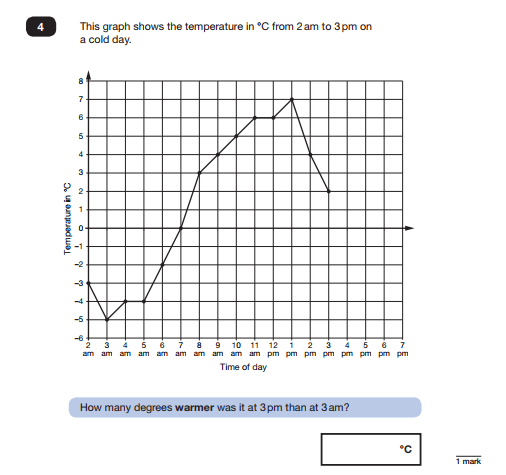
As always, Paper 3 was the last paper children sat. So it is not surprising that, by the end of it, children might have had enough. Either giving up or simply losing the capacity to sustain their thinking and working after several hours of testing.
From looking at the bottom 20% of questions (questions answered incorrectly by most children) across both Reasoning Papers, we learn that children found these areas most difficult to answer:
3 worst-answered questions in KS2 SATS 2017 reasoning papers involved ratio and proportion
The test framework outlines four areas under this heading: relative sizes and similarity; use of percentages for comparison; scale factors and unequal sharing and grouping.
Three of the worst-answered reasoning questions contained three of these areas. An additional question was (answered incorrectly by 43.5% of children) was based on the fourth area, under the ratio and proportion heading.
Ultimately, the ratio and proportion questions were the second worst-answered of all reasoning question types, nationally.
The questions here were a real mixed bag. They ranged from comparing triangles, finding missing sides in a cuboid, how long cats and koala bears sleep, to money mangoes and pineapples!
Clearly, to succeed in the KS2 SATs Reasoning Papers, children will need to have been exposed to maths problems solving presented in a wide range of contexts in order to confidently tackle questions like these.
Free worksheets of problem solving questions for year 3 to year 6: All Kinds of Word Problems Worksheets , Free SATs Maths Papers to Get Year 6 Ready for KS2 SATs.
More practice needed on fractions reasoning questions
As already seen in the SATs 2017 Arithmetic Paper, there’s just something about fractions that unnerves some children!
Children were faced with completing a sequence of fractions and finding the fraction of the remainder of a circle, where two parts were already labelled (but with fractions with different denominators).
Neither question was presented in a particularly difficult way, but required children to calculate with fractions for more than just the calculation’s sake.
Clearly, children are simply less comfortable dealing with irrational numbers and need: practise, practise, practise!
Download a free Y5/Y6 Fractions Lesson Pack
It would not be too hard to replicate these questions, or to ask similar ones, in preparation for next year’s tests.

Algebra content worst answered – nationally
Three of the most unsuccessfully answered reasoning questions concerned algebra. Specifically these areas of the Year 6 curriculum: generating and describing linear number sequences; missing number problems expressed in algebra; and number sentences involving two unknowns.
Moreover, we found that, nationally, algebra questions were the worst-answered of all question types.
One of those questions (worth 2 marks) involved completing a sequence of fractions – the difficulty for this one probably lay in the fraction content.
Another of the algebra questions concerned measures. In this case, the presentation of the problem very closely resembled a bar model. It would be fascinating to see if schools who have embedded the use of bar models as a pictorial representation of problems scored higher on this question (plenty of bar model questions to practise with here, see below!).
The final algebra question required children to generate a fairly simple rule, by looking at a few examples of the rule having been applied. This was presented in a table.
Of all the algebra content in the Year 6 curriculum, this is probably the most difficult, requiring a lot of practice. It’s worth remembering that algebra content is still relatively new to the KS2 curriculum too – in the old curriculum it didn’t properly appear until Key Stage 3.
Give more priority to shape work (coordinates & geometry)
Coordinates in all four quadrants made its annual outing in the KS2 SATs 2017 and, like the previous year, many children struggled.
There was some opportunity for basic cross-curricular work here, with geography and map-reading skills. However, that would only familiarise children with one quadrant (although this may be necessary groundwork).
It’s obvious from this question, and five of the other questions already analysed, that teachers cannot de-prioritise shape work, as shape is often used as a context for questions focusing on other domains of the curriculum.
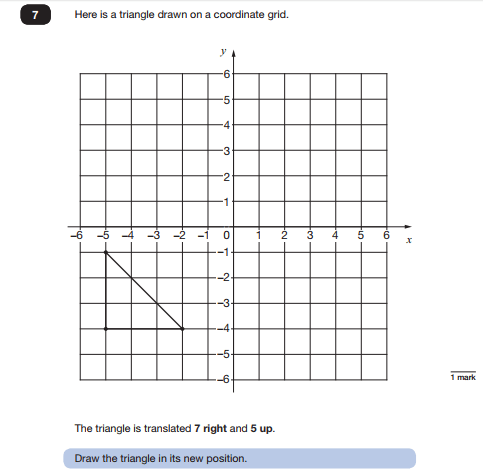
Children need more resilience to face measures and multi-step problems
Three of the worst-answered reasoning questions featured a measures context. More specifically, all three concerned centimetres; two relating to length, and one to volume.
One of the measures questions required Year 5 level multiplication skills, and children needed to carry out 5 distinct calculations. Notably, three marks were available for this question.
The volume question required children to carry out 4 calculations for two marks. The other length question involved a three-step problem for one mark.
There is a clear message here. We need to provide children with multi-step problems on a day-to-day basis if we want them to succeed in KS2 SATs 2023. This will help develop their resilience and ability to “go the distance” to find the final answer, instead of settling for an answer mid-way through all the necessary steps.
Read more:
- Bar Modelling Year 6 Multi-Step Word Problems for KS2 SATs
- 35 Year 6 Maths Reasoning Questions For SATs
- Download free Rapid Reasoning resource of daily questions
- The Best Year 6 SATs Practice Papers: Available As Free Downloads
Focus more on open-ended problem solving questions
The open ended problem solving question made a return in KS2 SATs 2017. Children generally found it very hard, despite being pitched at Year 4 level. The difficulty was likely due to how it asked children for all possible numbers that the answer could be, not just for one.
This suggests teachers might want to focus more on open-ended Maths problems in the future. Or teach Maths with an emphasis on how there can be more than one right answer, and the process of understanding how to get to possible answers.
The detail is in your own Analyse School Performance Data
The fact that many of the messages from the KS2 SATs 2017 QLA are similar to those we found in the 2016 QLA should spur us into action. The data shows us a clear path for Year 6 Maths revision for SATs – now we just have to follow it!
For greater detail on the content of each question, read this:
SATs 2017 Question guide for Year 6 Teachers and Maths Coordinators.
To plot your own school’s strengths and weaknesses in Maths against national download this KS2 SATs 2017 QLA Tracker. It’s a quick and easy way to compare your schools’ data to national averages, alongside each questions’ content domain & description.
DO YOU HAVE STUDENTS WHO NEED MORE SUPPORT IN MATHS?
Skye – our AI maths tutor built by teachers – gives students personalised one-to-one lessons that address learning gaps and build confidence.
Since 2013 we’ve taught over 2 million hours of maths lessons to more than 170,000 students to help them become fluent, able mathematicians.
Explore our AI maths tutoring or find out about year 6 SATs for your school.



